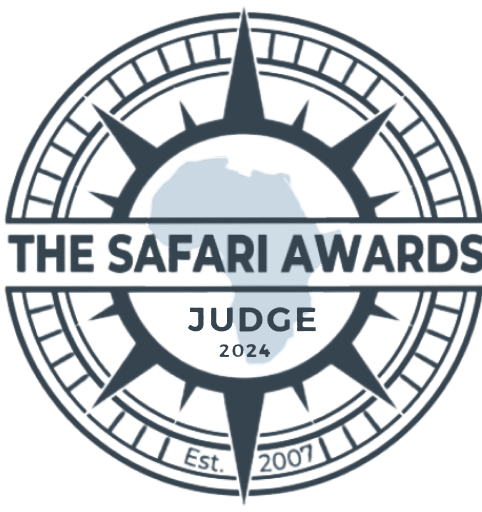 Etosha National Park in northern Namibia is one of the finest wildlife parks in Southern Africa. It’s certainly one of Namibia’s most iconic destinations. Etosha means ‘Great White Place’ in Herero, an apt description of this park as it encloses a vast saltpan. Dry and shimmering for most of the year, the pan fills with water after good rains. Then it forms an immense, shallow lake attracting great numbers of flamingos and other water birds. Whilst in the dry season the perennial springs and waterholes in the south of the park attract the wildlife as they offer a much-needed water source for the wildlife.
Etosha National Park in northern Namibia is one of the finest wildlife parks in Southern Africa. It’s certainly one of Namibia’s most iconic destinations. Etosha means ‘Great White Place’ in Herero, an apt description of this park as it encloses a vast saltpan. Dry and shimmering for most of the year, the pan fills with water after good rains. Then it forms an immense, shallow lake attracting great numbers of flamingos and other water birds. Whilst in the dry season the perennial springs and waterholes in the south of the park attract the wildlife as they offer a much-needed water source for the wildlife.
During the dry season in Etosha (generally from late April to mid November), the flat open plains are home to tens of thousands of animals. Large herds of springbok, gemsbok, zebra, wildebeest, giraffe and elephant gather around these waterholes. The ever-hungry predators follow them – particularly cheetah and lion. The diminutive Damara dik-dik is one of the rarer, but delightful, sightings in Etosha. Raptors such as the bateleur eagle, pale chanting goshawk and red-necked falcon are fairly common.
An Etosha safari can be undertaken using your rental car. Or you can stay at one of the private Etosha safari lodges situated on the edge of Etosha National Park and join their guided game drives instead.
Animal Movements at the start of the rainy season
 But note that after the first summer rains - (typically sometime in November) - much of the game moves away from the southern waterholes and nearby plains, which have been eaten bare. They head for the open plains in the north of the reserve, which will now have a fresh supply of new grass. Here you cannot follow, as there are no roads!
But note that after the first summer rains - (typically sometime in November) - much of the game moves away from the southern waterholes and nearby plains, which have been eaten bare. They head for the open plains in the north of the reserve, which will now have a fresh supply of new grass. Here you cannot follow, as there are no roads!
Thus game-viewing on an Etosha safari will be noticeably quieter during this time. It is still worth a visit as many plains species remain on the southern plains. And this is the time that they give birth to the season’s young. But don’t expect vast herds of game, especially elephant.
Back to main Namibia safari page.

















